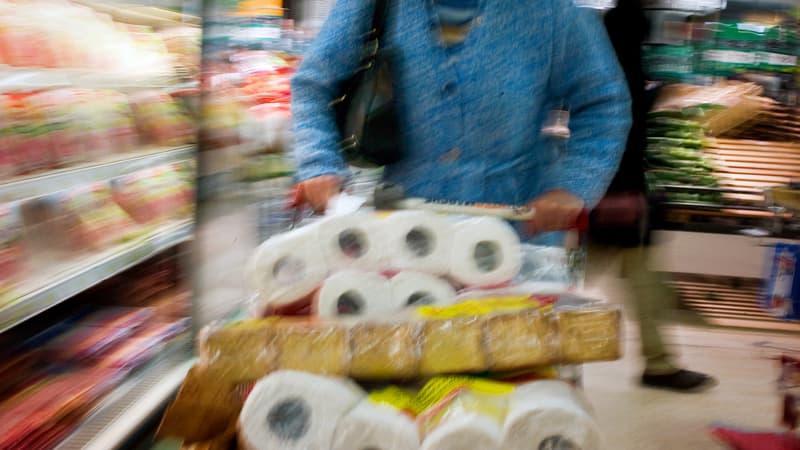Even higher, but until when? In November, the prices of consumer products (hygiene products and food products) continued to rise according to panelist Iri. In one year, the increase reached 11.96% after 11% in October and 9.1% in September.
Although the growth rate has slowed down compared to the previous month with an increase of 1 point compared to October 2, the long-awaited inflation plateau has not yet arrived.
In food, the rise even reached a new level, that of 12%. With inflation running at 12.3% to be precise, food prices in November experienced their strongest annual rise in decades. Let us remember that the increase was 11.45% in October and 9.75% in September.
Another symbolic milestone reached this month: the 10% increase for national brands. Inflation for big brand products stood at 10.16% in November compared to 9.45% in October.
As for the most affected products, it is always those whose production is energy-intensive that progress the most. Frozen meat inflation continues to rise with another 32.4% year-over-year increase in November.
The products most affected by inflation
Frozen meats +32.4%
Fabric +27.6%
Paper towels +26.2%
Toilet paper +26%
Minced meat +24.7%
SourceIRI
If inflation affects all distribution channels, some brands are affected much more than others. According to Iri, the disparities widened further in November. The price difference for national brand products between the two cheapest and the two most expensive distributors is now 26%. Never seen. Before the inflationary spike, this gap was around 15%.
In other words, the same shopping cart can cost you 100 euros in one store and 126 in another.
There is therefore today a two-speed distribution with, on the one hand, listed or indebted groups such as Casino or Carrefour, which can no longer afford to cut their margins too much to stop the rise in prices. And on the other, groups of independent traders like Leclerc or Intermarché who are less constrained and who can afford to reduce their profit margins.
With consumers increasingly shopping around for prices, the next few months are likely to be difficult for these price-loss retail groups.
Source: BFM TV


